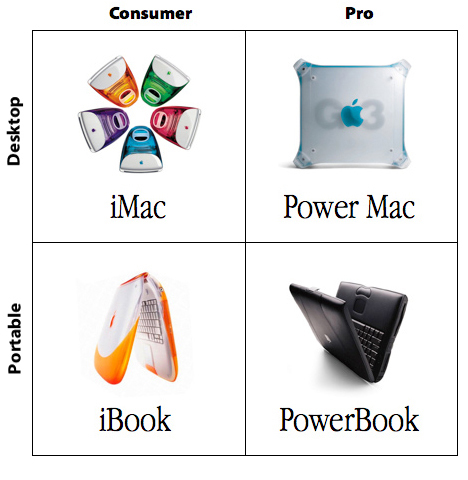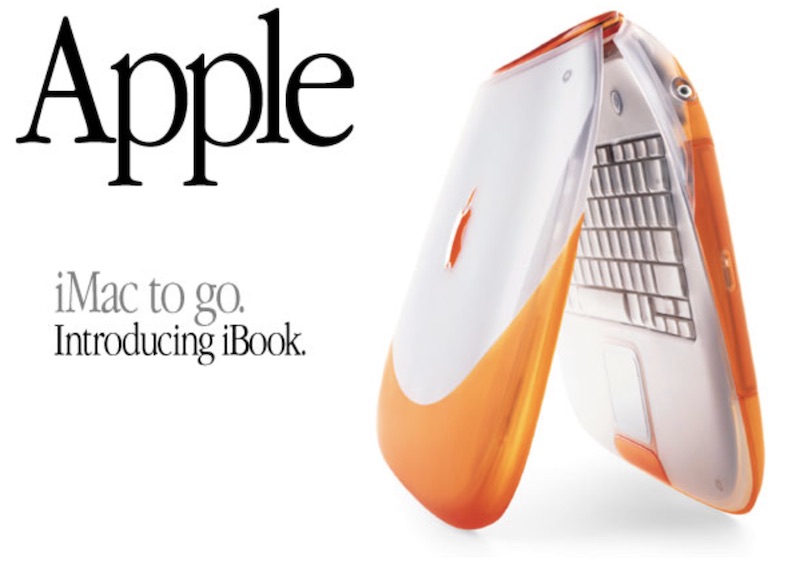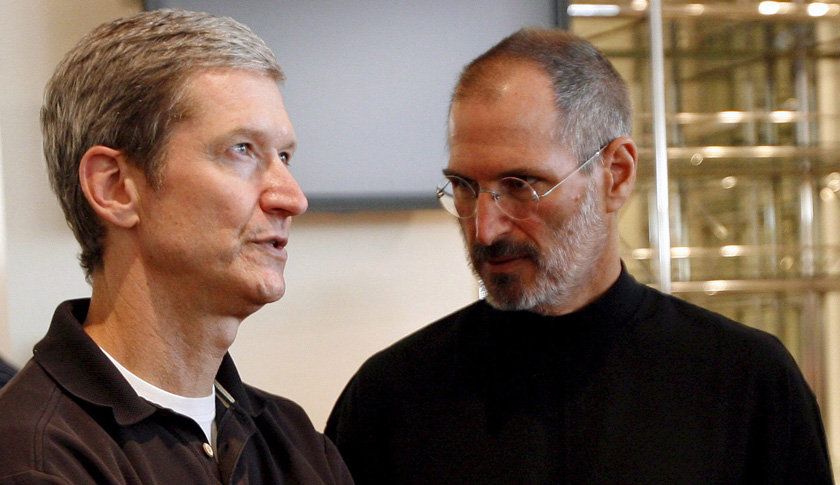On his return to Apple, he sketched the famous matrix. She explained the effort to simplify and make the product portfolio clearer. The final piece of the puzzle was a portable laptop for the masses simply called the iBook.
Steve Jobs returned to a company that produced everything imaginable: computers of various categories, printers, tablets (Apple Newton) and others. Due to the poor condition of the company, however Jobs decided to drastically reduce the product portfolio. He soon showed the company's management a matrix of 2 x 2 fields. In the columns it was written Consumer (lifer), Pro and in the rows Desktop, Portable (portable).

Each category was then represented by one computer. The desktop for the masses was the colorful iMac, while the professionals got the Power Mac. The role of the portable computer of professionals was assumed by the PowerBook, and the famous last piece of the puzzle became the colored iBook.
It saw the light of day twenty years ago, on July 21, 1999 at the Macworld Expo in New York. The spectacular show included not only the presentation of the machine, but also a funny demonstration of Wi-Fi capabilities. This was definitely not the standard in laptops intended for ordinary users, and Apple took advantage of this technologically and marketing-wise. During his introduction, Steve Jobs swung an open iBook around and Phil Schiller even jumped onto the stage from the top of the curtain in honor of the Apollo 11 mission.
The rest of the technical parameters were typically "Apple". The iBook relied on a 3MHz PowerPC G300 processor, had a 3,2GB HDD, 32MB RAM, an ATi Rage graphics card, 10/100 Ethernet and a CD-ROM. The twelve-inch screen offered a resolution of 800 x 600 pixels. The computer had a full keyboard and trackpad.

The main role is design
On the contrary, it had no FireWire, video output or microphone. It only fit one speaker as well as one USB. Users had to purchase the advertised AirPort Wi-Fi 802.11b. Later generations eventually added some of the missing ports, notably video out and FireWire.
However, the computer completely captivated with its innovative design. Apple opted for a combination of white hardened plastics with rubber. The rubber was initially offered in two colors blueberry blue and orange tangerine. Over time, Graphite, Indigo and Key Lime were added. He was also impressed by the handle, which made it possible to carry the computer like a bag. On the other hand, the iBook, with its 3 kg weight, was quite a galloper among laptops in its category.
It could be interest you

Although the iBook was not one of the cheapest devices, the $1 price tag was not much of a deterrent, and it became a sales hit. Thanks to the combination of design and wireless connection, it deserves recognition.
Source: MacRumors